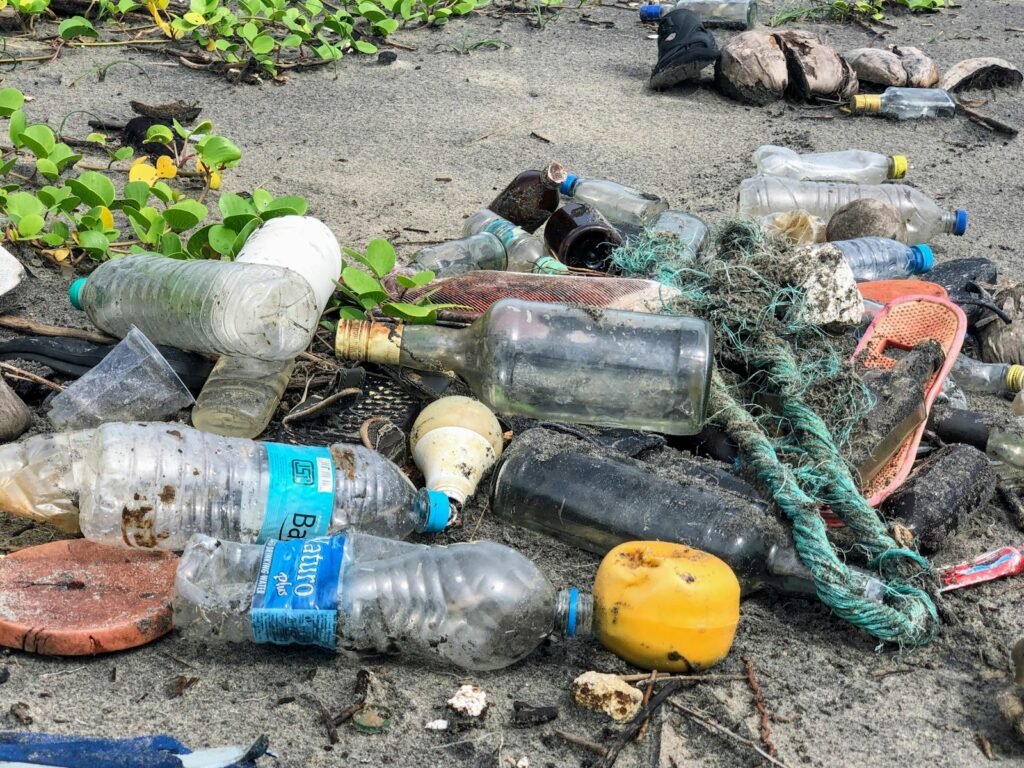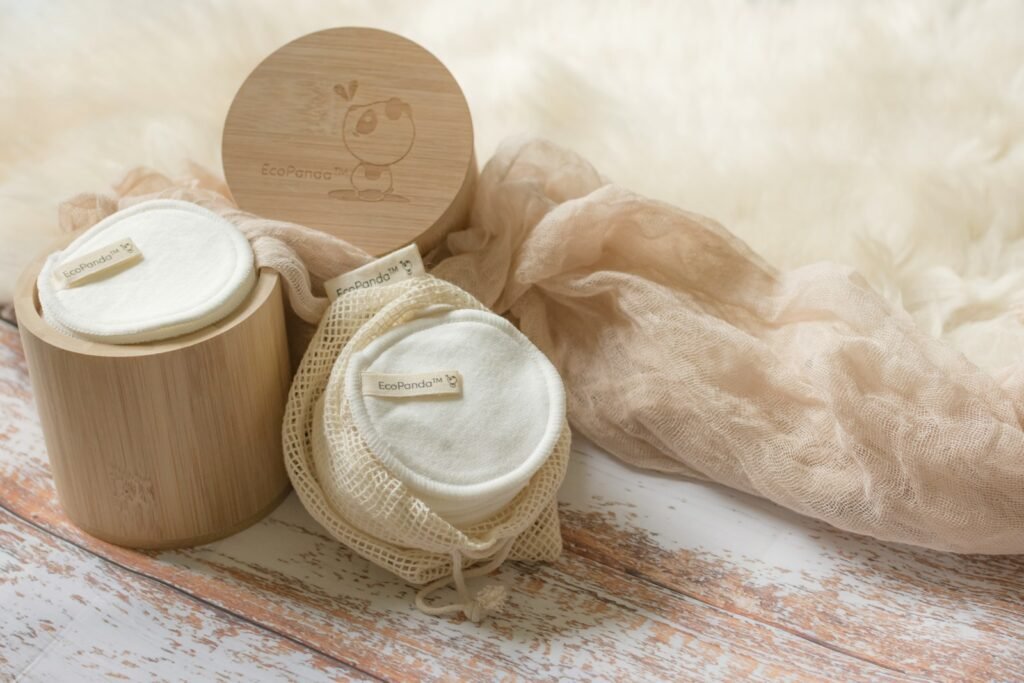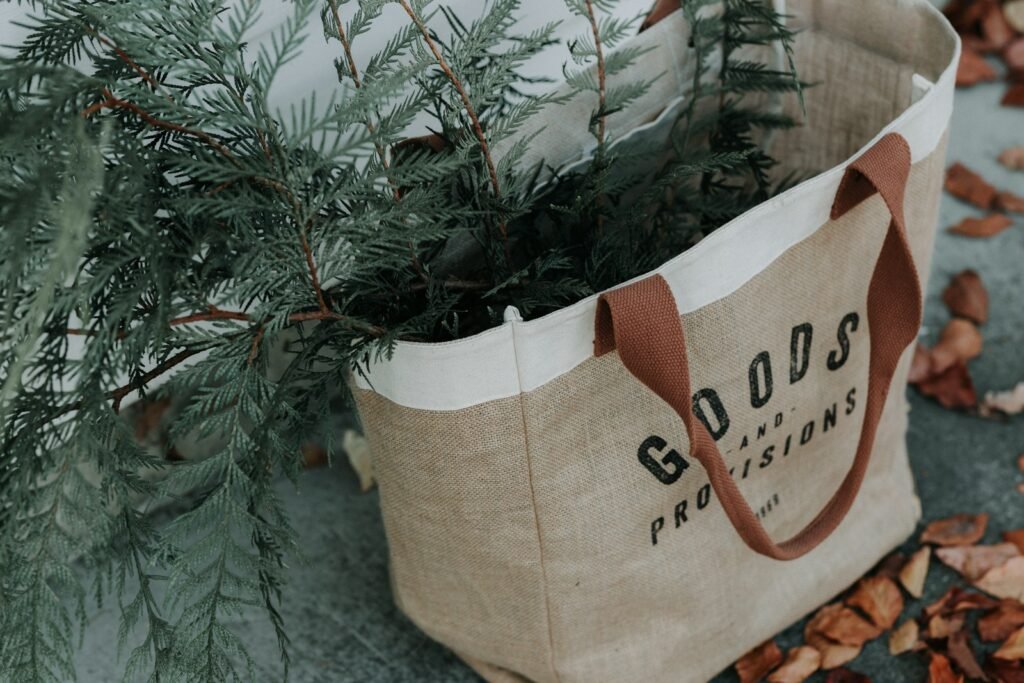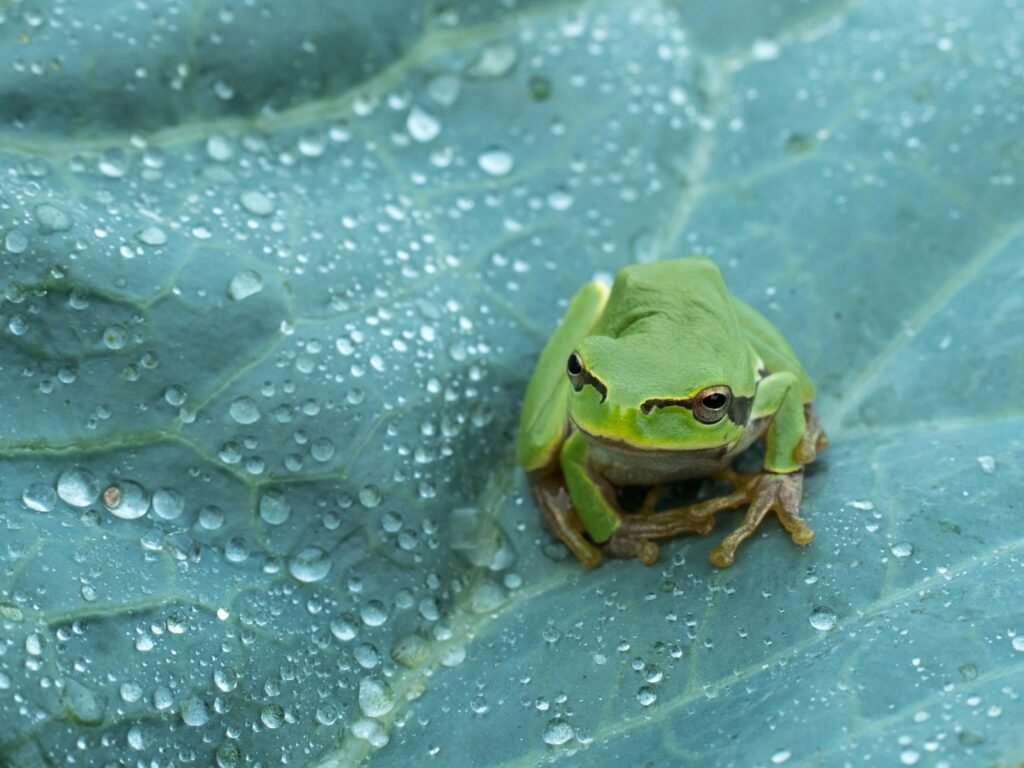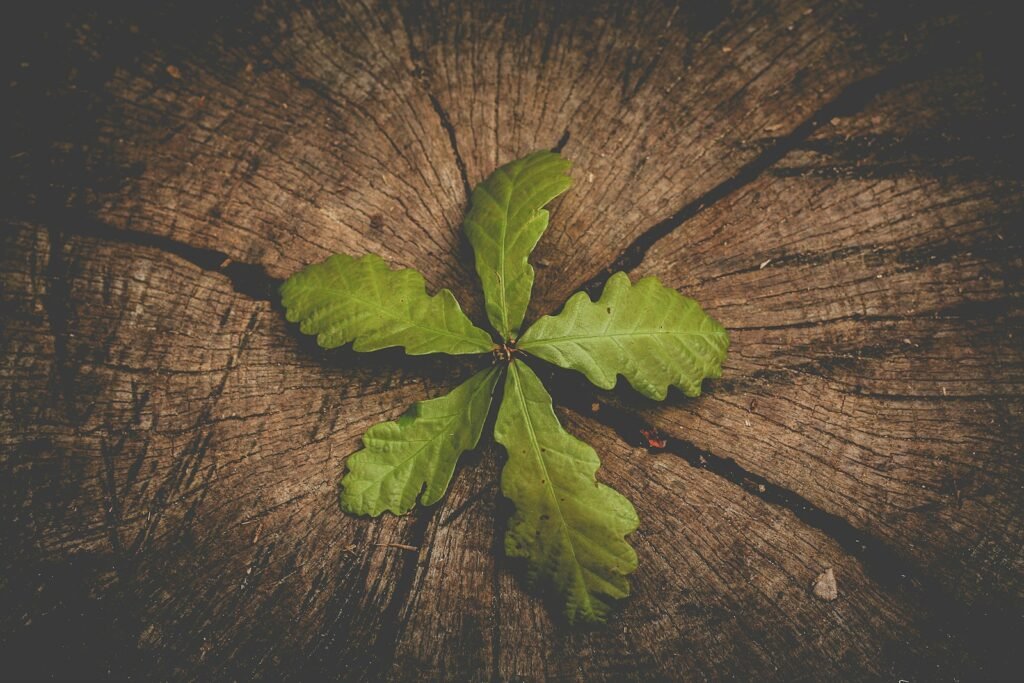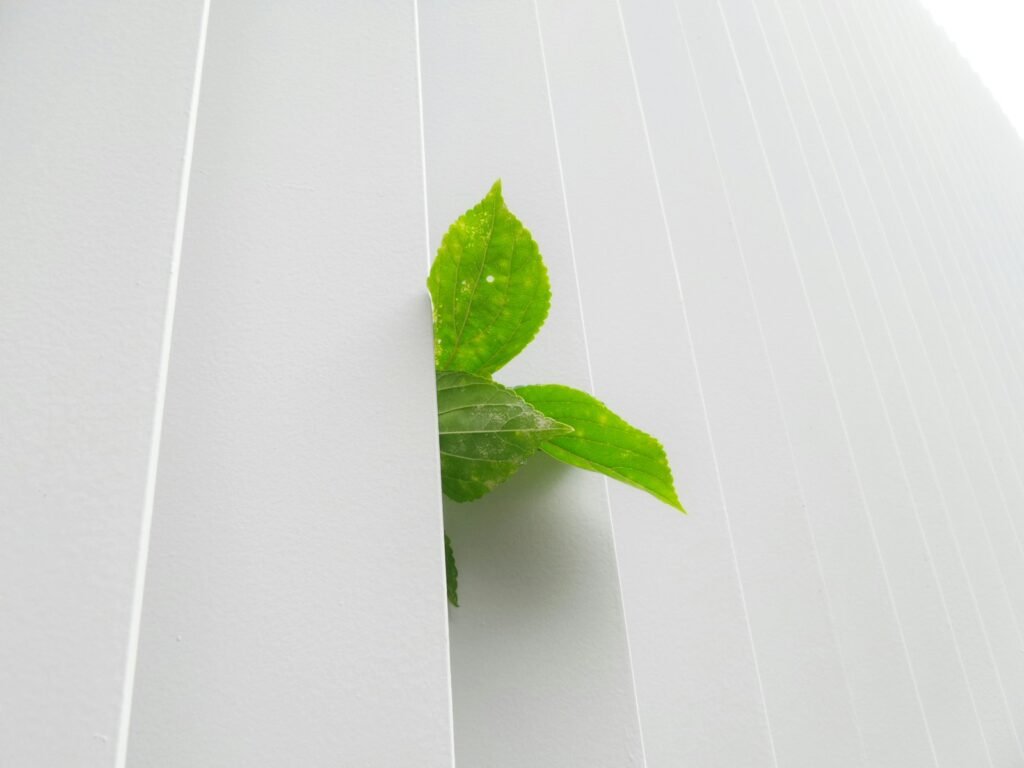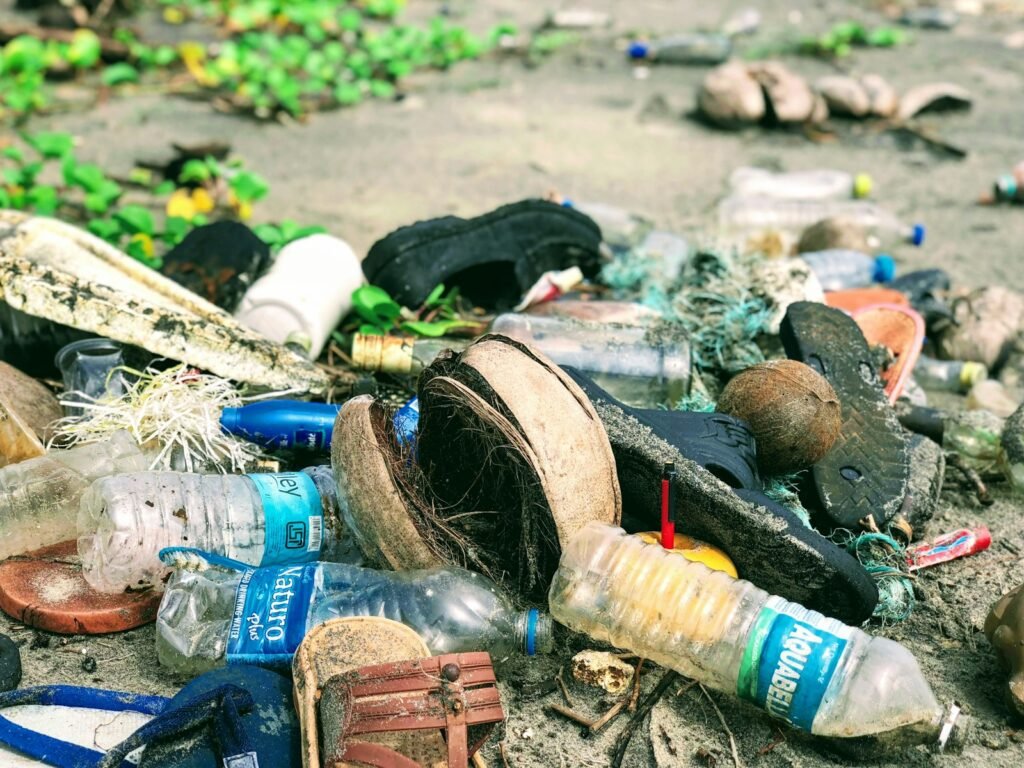You don’t need a full lifestyle overhaul to make a meaningful impact. The most sustainable habits begin not with grand gestures, but with small, intentional shifts. That’s why we’re focusing on a single week—not because it’s the limit, but because it’s the perfect starting point.
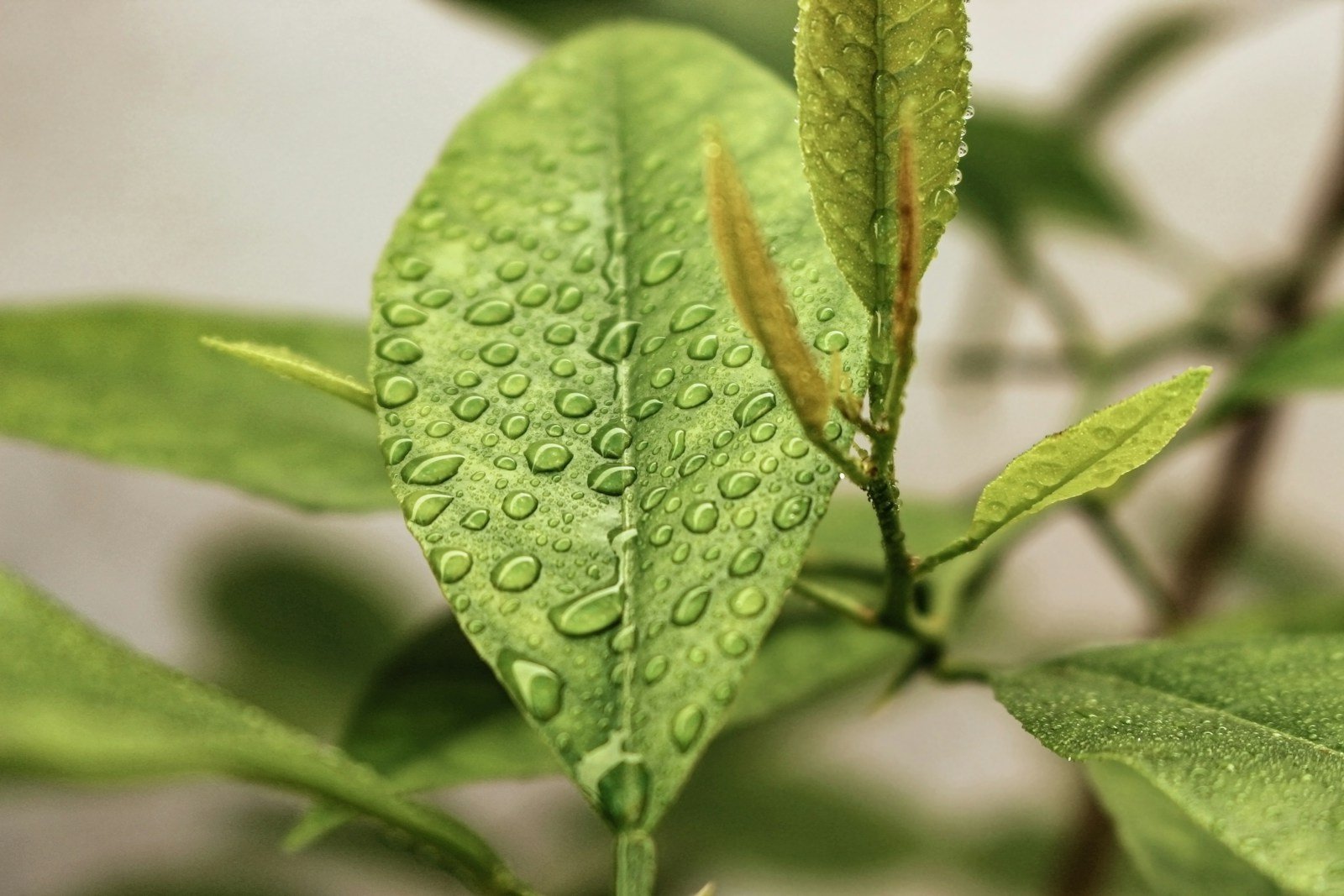
A week of green living isn’t about perfection. It’s about awareness, consistency, and momentum. By dedicating just seven days to mindful choices, you’ll uncover patterns in your consumption, discover what’s truly manageable, and build confidence in your ability to live more sustainably. The goal isn’t to become an eco-warrior overnight. It’s to realize that you already have the power to make a difference—starting with your next meal, your next commute, or your next trash disposal.
This guide walks you through a structured, realistic, and deeply practical 7-day challenge. It’s designed to fit into real life—not to add stress, but to simplify it. Each day focuses on one core area of daily living, offering clear actions, immediate impact, and room for personal adaptation.
Day 1: Audit Your Waste – Know What You’re Throwing Away
Start with the most visible part of your environmental footprint: your trash.
For one full day, keep every piece of waste you generate—food scraps, packaging, paper, bottles, wrappers. Don’t recycle or compost it yet. Just collect it. At the end of the day, sort it into categories: food waste, plastic, paper, cardboard, metal, textiles, and non-recyclables.
This simple act reveals hidden patterns. You might be surprised by how much packaging you use. You might notice that food waste is the largest portion. You might realize that you’re recycling something that isn’t accepted locally.
The insight here isn’t about judgment. It’s about data. Knowing what you throw away makes it easier to reduce it. Once you see the volume, even a single change—like using a reusable container for leftovers—feels powerful.
After your audit, take a moment to reflect. What surprised you? What’s easy to reduce? What feels challenging? Jot it down. You’ll use this later.
Day 2: Break Up with Single-Use Plastics
Plastic is everywhere. It’s in your water bottle, your grocery bags, your takeout container, your toothbrush. But it doesn’t have to be.
Choose one single-use plastic item you use daily—and replace it with a reusable alternative. It doesn’t have to be perfect. It just has to be intentional.
Maybe it’s your water bottle. Switch to a durable, refillable one. Maybe it’s the plastic bag you grab at the store. Keep a foldable reusable bag in your pocket or backpack. Maybe it’s the straw you use with your smoothie. Try a metal or bamboo version.
The key is to pick one. Not five. Not all at once. One item. One replacement. That’s enough for today.
Every time you reach for your new item, you’re making a choice. A choice that says: I want to reduce waste. I want to break the cycle of disposability. Over time, that choice becomes automatic.
And here’s the real win: you’re not just reducing waste. You’re training your brain to notice the invisible choices that shape your environmental impact.
Day 3: Conserve Water and Energy Without Sacrifice
Energy and water are invisible—but they’re not free. They come from systems that consume resources and produce emissions.
This day isn’t about deprivation. It’s about awareness and efficiency.
Start with your shower. Set a timer for 10 minutes. Turn it on, step in, and when it goes off, step out. No more. No less. You’ll be amazed at how quickly you adapt.
Turn off lights when you leave a room. Unplug devices that aren’t in use—especially chargers, coffee makers, and TVs on standby. These are called “phantom loads” and can add up to 10% of your home’s energy use.
Use natural light when possible. Open curtains in the morning. Use ceiling fans instead of AC when the temperature is mild.
These aren’t sacrifices. They’re habits. They’re actions that cost nothing and save you money on utility bills. They’re also small acts of stewardship—reminders that every unit of energy and every drop of water has a cost to the planet.
By the end of the day, you’ll notice how much you’ve already saved. Not just in resources, but in peace of mind.
Day 4: Eat One Plant-Based Meal
Food is one of the most powerful tools for environmental change.
Animal agriculture is a major driver of deforestation, water overuse, and greenhouse gas emissions. But you don’t need to go vegan to make a difference.
This day, choose one meal—breakfast, lunch, or dinner—and make it entirely plant-based. No meat, no dairy, no eggs.
It doesn’t have to be complicated. A bowl of oats with fruit and nuts. A lentil stew with whole grain bread. A stir-fry with tofu and seasonal vegetables. A bean burrito with avocado and salsa.
The focus isn’t on cooking expertise. It’s on choice. On intention.
When you eat this meal, notice how it feels. How your body responds. How the ingredients connect to the earth. You’re not just feeding yourself—you’re supporting a system that uses less land, water, and energy.
And if you don’t love it? That’s okay. You’re not trying to change your entire diet. You’re just testing one new possibility. One new way of eating that aligns with a healthier planet.
Day 5: Shop with Less Packaging
Most of what we buy comes wrapped in plastic, paper, or cardboard. But packaging is often unnecessary.
This day, focus on one shopping trip—whether it’s groceries, toiletries, or household supplies—and commit to buying only what comes in minimal or reusable packaging.
Visit a store that offers bulk bins. Bring your own containers—cloth bags, jars, or reusable pouches. Choose products in glass, metal, or paper. Avoid anything wrapped in plastic film.
You don’t need to buy everything in bulk. Just one item. A bag of rice. A bar of soap. A jar of peanut butter. Whatever you can bring home in a container you already own.
This shift isn’t about being perfect. It’s about being mindful. It’s about asking: Do I need this packaging? Could I avoid it?
Every time you bring your own container, you’re saying no to another piece of waste. You’re saying yes to a system that values reusability and responsibility.
And over time, this habit becomes second nature. You’ll start noticing how much packaging is truly necessary—and how much is just habit.
Day 6: Reimagine Your Commute
Transportation accounts for a significant share of personal carbon emissions. But you don’t need a new car to make a difference.
Choose one trip—going to work, picking up groceries, visiting a friend—and do it differently.
Walk. Bike. Take public transit. Carpool. Ride-share. Even if it’s just one leg of your journey.
If you’re driving, try to combine trips. Avoid idling. Park farther away to walk a little more.
Every time you choose a lower-emission option, you’re reducing your carbon footprint. You’re also getting more movement, more fresh air, and often, less stress.
This isn’t about being extreme. It’s about being aware. About noticing how many of your trips are purely for convenience—and how many could be done differently.
And when you do take a different route, pay attention. Notice the trees, the people, the rhythm of your city or neighborhood. You’ll start seeing your environment in a new way.
Day 7: Reflect and Build Your Green Routine
The final day isn’t about adding more. It’s about understanding what you’ve learned.
Spend 10–15 minutes writing in a journal. Ask yourself:
- What was the easiest habit to adopt?
- What felt the most challenging?
- Which change made the most noticeable difference in my day?
- What surprised me?
Don’t worry about being right or wrong. Just be honest.
Then, pick three habits from the week that you want to keep. Not all of them. Just three.
Maybe it’s drinking from your reusable bottle every day. Maybe it’s turning off lights automatically. Maybe it’s eating one plant-based meal weekly.
These aren’t just habits. They’re commitments. They’re the foundation of a new way of living—one that’s gentler on the planet and more intentional for you.
You don’t need to do everything. You just need to do something—consistently.
And if you miss a day? That’s fine. Sustainability isn’t about perfection. It’s about persistence.
What Happens After the Week?
The week ends. But your journey doesn’t.
You’ve already started. You’ve already changed. You’ve already become more aware of your choices.
Now, keep going. Let your green habits grow. Let them become part of your routine. Let them shape your identity—not as someone who “tries” to be green, but as someone who lives with care.
You don’t need a new lifestyle. You need a new way of thinking. A way that sees the environment not as a distant issue, but as an active part of your daily life.
And that’s what this week was about. Not a test. Not a challenge. A starting point.
You’ve taken the first step. Now keep walking.
